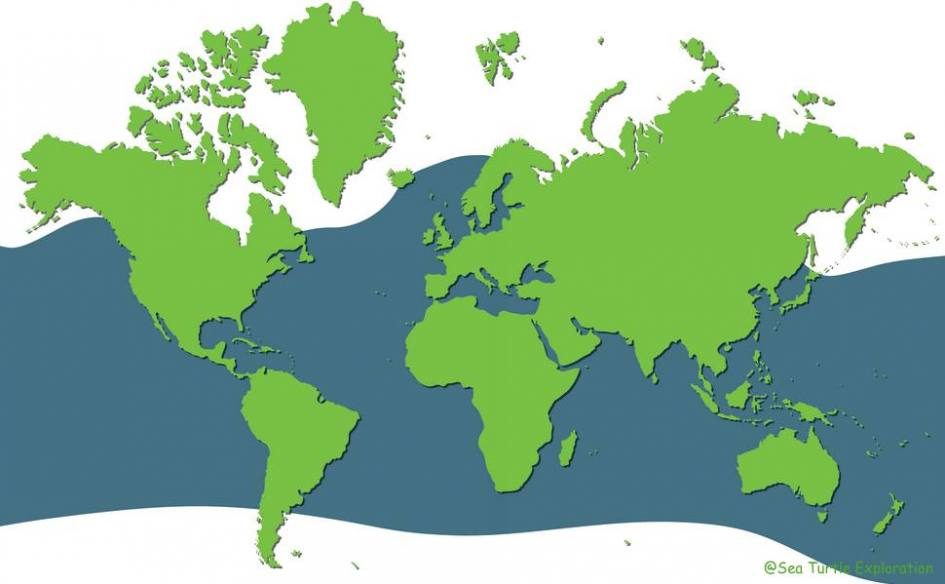
Leatherback Sea Turtles are the largest of all living turtles. In the Azores, they are usually seen solitary in the open ocean. Due to their huge size they are often accompanied by large schools of fish that use the turtle as a shelter from predators.

CHARACTERISTICS
Latin name: Dermochelys coriacea
Order: Testudines
Family: Dermochelyidae
Length: up to 3 m
Weight: up to 900 kg
IUCN Status: Vulnerable

DESCRIPTION
- Coloration: Grayish-black with white patches
- Head Shape: Blunt head with a visible pineal gland
- Scutes: None
- Carapace: Leathery with 7 ridges
HABITAT
Leatherback Sea Turtles mainly live in open ocean and follow their main prey, jellyfish, throughout their daily migrations in the water column. Therefore, they are mainly found in deeper water during the daytime, and shallower water at night when jellyfish rise up in the water column to forage. Leatherback Sea Turtles are record divers among reptiles and can reach down to 1250 metres depth!
DIET
Leatherback Turtles mainly feed on jellyfish and other soft-bodied invertebrates. They have a delicate scissors-like jaws. They jaws can be damaged by any other ingestion than a soft-bodied animal.
REPRODUCTION & MIGRATION
Nesting happens at intervals of 2 to 3 years, though recent research has indicated they can nest every year. Clutches of eggs are laid between 4 to 7 times per season, with an average of 10 days between them. Eggs incubate for about 65 days.

Migration occurs between the cold waters (feeding areas), to the tropical and subtropical beaches in the regions where the turtles lay eggs and hatch. In the Atlantic, females tagged in North of South America have been recaptured on the other side of the ocean in Morocco and Spain.







